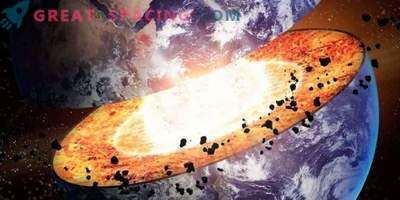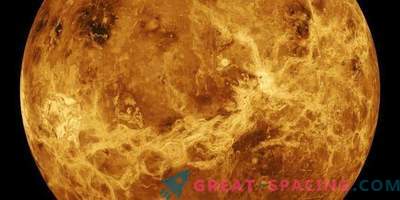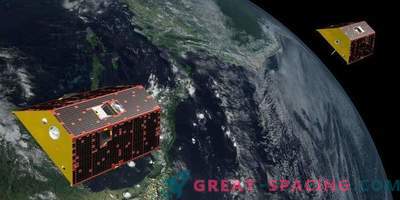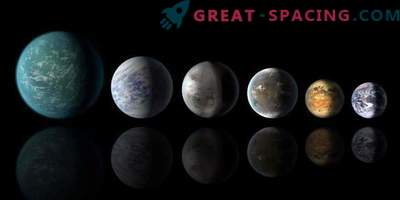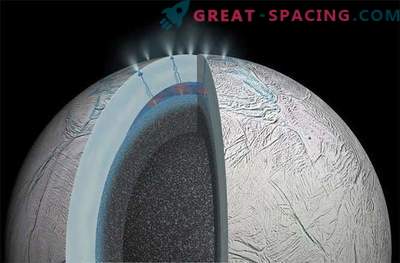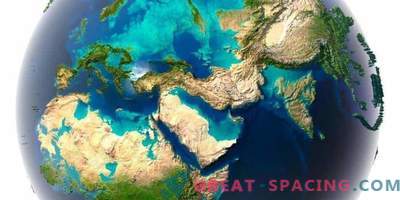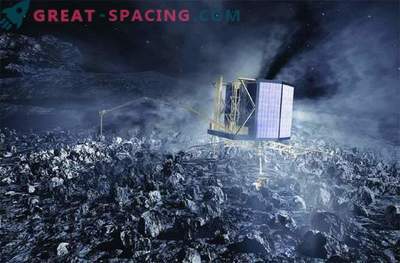
As tectonic plates dive under each other, they push 3 times more water into the inner part of the Earth than previously thought. Using the study of subduction zones in the trench of the Mariana Islands, where the Pacific Plate slides under the Philippine, scientists were able to estimate how much water went deep beneath the surface.
New findings are important for understanding the Earth’s deepwater cycle. Water below the surface of the planet may contribute to the effect on magma, leading to more frequent earthquakes.
Deep Water Cycle
Water is stored in the crystal structure of minerals. The liquid is in the crust, when there are completely new, hot ocean plates, which bend and crack, passing under the neighbors. This process is called subduction - the only way to penetrate deep into the crust and mantle of the Earth. Unfortunately, researchers have little information about how much water moves during this process.
Scientists used data collected by a network of seismic sensors located around the central trench of the Mariana Islands in the western Pacific Ocean. The deepest part goes 11 km below sea level. Sensors record earthquakes and echoes of events in the crust. A slowdown indicates the water filling up fractures in the rock.
Where did the water go?
Researchers trace a slowdown in the crust about 30 km below the surface. Using the calculated speeds, temperature and pressure, the team calculated that subduction zones pull 3 billion teragrams of water into the crust every million years (1 teragram = billion kilogram).
Sea water is heavy, so its cube weighs 1024 kg. However, the amount selected by subduction is shocking. This is 3 times more than previous calculations showed. From here questions arise: the water that has descended downwards should appear in the composition of volcanic eruptions. However, researchers show that there is not enough water. All this indicates that the researchers do not yet know exactly how water moves around the world, and its movement inside the Earth remains an especially big mystery.

